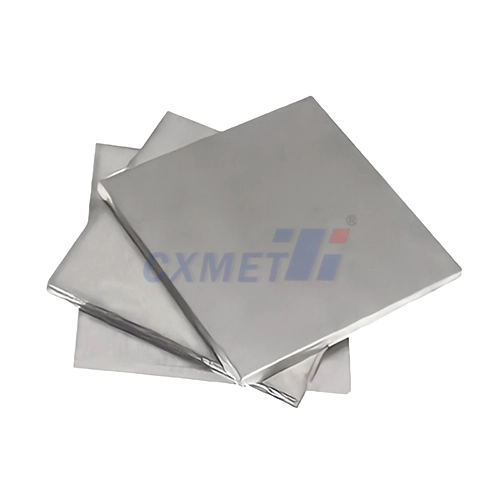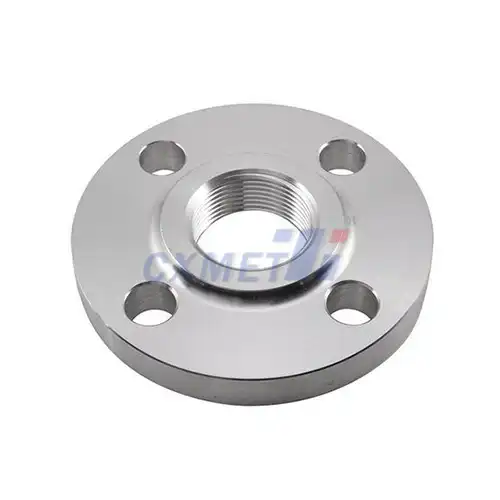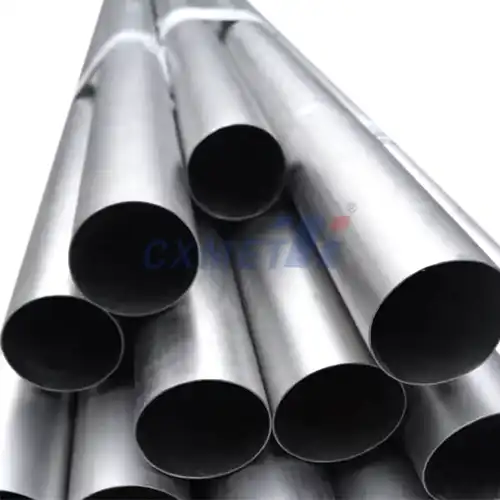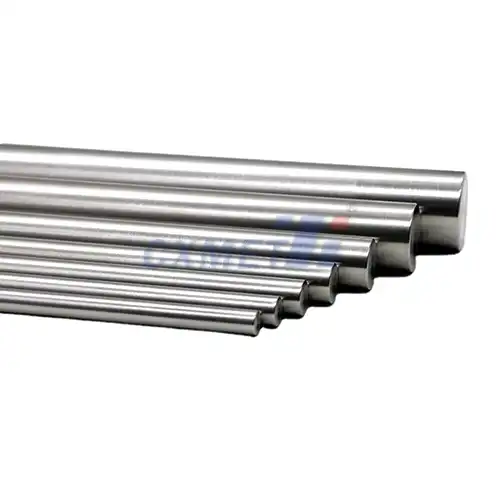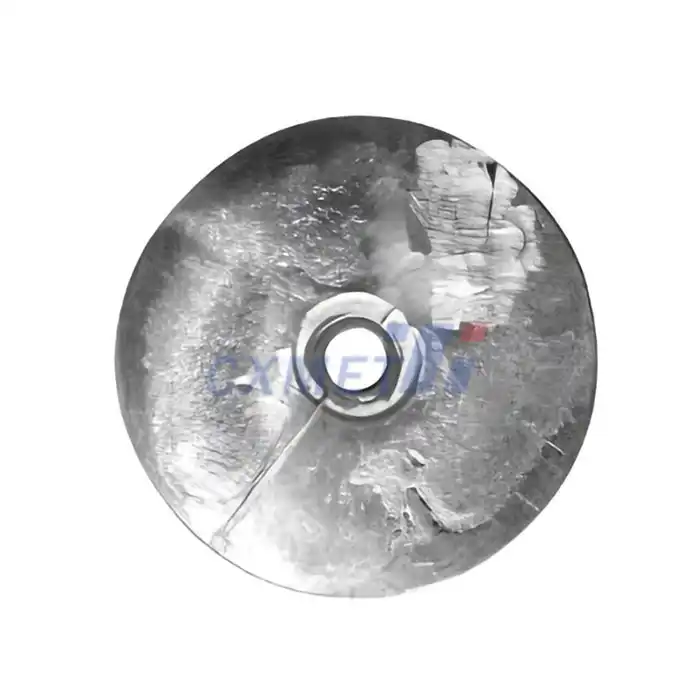- English
- French
- German
- Portuguese
- Spanish
- Russian
- Japanese
- Korean
- Arabic
- Greek
- German
- Turkish
- Italian
- Danish
- Romanian
- Indonesian
- Czech
- Afrikaans
- Swedish
- Polish
- Basque
- Catalan
- Esperanto
- Hindi
- Lao
- Albanian
- Amharic
- Armenian
- Azerbaijani
- Belarusian
- Bengali
- Bosnian
- Bulgarian
- Cebuano
- Chichewa
- Corsican
- Croatian
- Dutch
- Estonian
- Filipino
- Finnish
- Frisian
- Galician
- Georgian
- Gujarati
- Haitian
- Hausa
- Hawaiian
- Hebrew
- Hmong
- Hungarian
- Icelandic
- Igbo
- Javanese
- Kannada
- Kazakh
- Khmer
- Kurdish
- Kyrgyz
- Latin
- Latvian
- Lithuanian
- Luxembou..
- Macedonian
- Malagasy
- Malay
- Malayalam
- Maltese
- Maori
- Marathi
- Mongolian
- Burmese
- Nepali
- Norwegian
- Pashto
- Persian
- Punjabi
- Serbian
- Sesotho
- Sinhala
- Slovak
- Slovenian
- Somali
- Samoan
- Scots Gaelic
- Shona
- Sindhi
- Sundanese
- Swahili
- Tajik
- Tamil
- Telugu
- Thai
- Ukrainian
- Urdu
- Uzbek
- Vietnamese
- Welsh
- Xhosa
- Yiddish
- Yoruba
- Zulu
What are the Mechanical Properties of GR2 Titanium Seamless Tube?
2024-09-09 14:39:34
Grade 2 (GR2) Titanium Seamless Tube is a popular material known for its exceptional mechanical properties, making it a preferred choice in various industrial applications. This alloy stands out for its unique combination of strength, lightweight nature, and excellent corrosion resistance. GR2 titanium, also referred to as commercially pure (CP) titanium, offers a balance of mechanical properties that make it suitable for a wide range of uses, from chemical processing equipment to marine applications.
The mechanical properties of GR2 Titanium Seamless Tube include high strength-to-weight ratio, low density, and remarkable ductility. With a tensile strength typically ranging from 345 to 480 MPa (50 to 70 ksi) and a yield strength of about 275 to 410 MPa (40 to 60 ksi), GR2 titanium provides robust performance in various environments. Its elongation at break is usually between 20% and 30%, indicating good formability and malleability. These properties, combined with its excellent corrosion resistance, make GR2 Titanium Seamless Tube an ideal material for applications requiring both strength and durability.
How does GR2 Titanium Seamless Tube compare to other grades of titanium?
When comparing GR2 Titanium Seamless Tube to other grades of titanium, it's essential to understand the spectrum of titanium alloys available and their respective properties. GR2 titanium falls into the category of commercially pure titanium, which includes grades 1 through 4. Each grade offers a slightly different balance of mechanical properties and impurity levels.
GR2 titanium is often considered the workhorse of the commercially pure grades due to its excellent balance of strength, ductility, and formability. Compared to Grade 1 titanium, GR2 offers higher strength while maintaining good ductility. Grade 1 is the most ductile and softest of the unalloyed grades, making it ideal for applications requiring extreme formability but not necessarily high strength.
Moving up the scale, Grade 3 titanium provides slightly higher strength than GR2 but with a small trade-off in ductility. Grade 4, the strongest of the commercially pure grades, offers even higher strength but with reduced ductility compared to GR2. This progression illustrates how GR2 occupies a sweet spot in terms of property balance among the CP grades.
When compared to higher-grade titanium alloys like Grade 5 (Ti-6Al-4V), GR2 Titanium Seamless Tube exhibits lower strength but superior corrosion resistance and formability. Grade 5 is significantly stronger, with a tensile strength often exceeding 900 MPa, but it's also more expensive and can be more challenging to form and weld.
The choice between GR2 and other titanium grades often comes down to specific application requirements. For instance, in chemical processing equipment where extreme corrosion resistance is paramount, GR2 might be preferred over higher-strength alloys due to its superior resistance to a wide range of corrosive media. In aerospace applications where strength-to-weight ratio is critical, Grade 5 or other high-strength titanium alloys might be more suitable.
It's also worth noting that GR2 titanium offers better weldability compared to some higher-grade alloys. This property makes it particularly valuable in applications where fabrication and joining of components are crucial considerations.
What are the key applications of GR2 Titanium Seamless Tube in industry?
GR2 Titanium Seamless Tube finds extensive use across various industries due to its unique combination of properties. Its corrosion resistance, strength, and biocompatibility make it an ideal material for numerous applications, particularly in environments where material degradation is a significant concern.
In the chemical processing industry, GR2 Titanium Seamless Tube is widely used for heat exchangers, reaction vessels, and piping systems. Its excellent resistance to a broad spectrum of chemicals, including chlorides, acids, and alkaline solutions, makes it invaluable in handling corrosive media. The material's ability to withstand high temperatures while maintaining its mechanical integrity further enhances its suitability for these applications.
The marine industry is another significant user of GR2 Titanium Seamless Tube. Its resistance to saltwater corrosion makes it an excellent choice for components exposed to marine environments. Applications include desalination plants, offshore oil and gas equipment, and various naval applications where the combination of strength and corrosion resistance is crucial.
In the energy sector, GR2 titanium tubes are used in power generation facilities, particularly in steam condensers and heat exchangers. The material's resistance to erosion and its ability to maintain performance under high-temperature steam conditions make it ideal for these applications.
The medical industry also benefits from the properties of GR2 Titanium Seamless Tube. Its biocompatibility and resistance to bodily fluids make it suitable for various medical devices and implants. While higher-grade titanium alloys are often preferred for load-bearing implants, GR2 titanium finds use in dental implants, surgical instruments, and other medical applications where its properties are well-suited.
In the aerospace industry, while not as widely used as higher-strength titanium alloys, GR2 Titanium Seamless Tube still finds applications in non-structural components where corrosion resistance is a primary concern. This can include hydraulic system components and certain parts of environmental control systems.
The food processing industry also utilizes GR2 titanium for its excellent resistance to organic acids and chlorides found in food products. It's used in various processing equipment, ensuring long-term reliability and minimizing contamination risks.
How is the corrosion resistance of GR2 Titanium Seamless Tube measured?
The corrosion resistance of GR2 Titanium Seamless Tube is one of its most valuable properties, and accurately measuring this characteristic is crucial for determining its suitability for various applications. Several standardized tests and methods are employed to quantify and evaluate the corrosion resistance of this material.
One common method is the weight loss test, where samples of GR2 titanium are exposed to corrosive environments for extended periods. The samples are weighed before and after exposure, with the difference indicating the amount of material lost to corrosion. This test provides a straightforward measure of corrosion rate under specific conditions.
Electrochemical testing is another sophisticated method used to assess corrosion resistance. Techniques such as potentiodynamic polarization and electrochemical impedance spectroscopy (EIS) provide detailed information about the corrosion behavior of GR2 titanium. These tests can reveal the material's corrosion potential, corrosion current density, and passivation characteristics in various electrolytes.
Immersion tests are also widely used, particularly for simulating real-world applications. In these tests, GR2 Titanium Seamless Tube samples are immersed in specific corrosive media for extended periods, often at elevated temperatures. The samples are then examined for signs of corrosion, pitting, or other forms of degradation. This method is particularly useful for assessing long-term corrosion behavior in specific chemical environments.
For applications involving stress and corrosion, stress corrosion cracking (SCC) tests are conducted. These tests involve exposing stressed samples to corrosive environments to evaluate the material's resistance to crack initiation and propagation under combined mechanical and chemical stresses.
It's important to note that the corrosion resistance of GR2 Titanium Seamless Tube is not just a function of its composition but also of its surface condition. The naturally forming titanium oxide layer plays a crucial role in corrosion resistance. Therefore, surface analysis techniques like X-ray photoelectron spectroscopy (XPS) or Auger electron spectroscopy (AES) are sometimes used to characterize this protective oxide layer.
In many cases, industry-specific standards govern the corrosion testing of GR2 titanium. For instance, ASTM International provides several standards for corrosion testing of titanium and its alloys, including ASTM G31 for immersion testing and ASTM G61 for cyclic potentiodynamic polarization measurements.
The results of these tests are typically expressed in terms of corrosion rates (often in millimeters per year or mils per year), pitting resistance equivalent numbers (PREN), or critical pitting temperatures. These quantitative measures allow engineers and designers to make informed decisions about the suitability of GR2 Titanium Seamless Tube for specific applications and environments.
In conclusion, the mechanical properties of GR2 Titanium Seamless Tube make it an invaluable material in various industries. Its unique combination of strength, corrosion resistance, and formability positions it as a versatile option for applications ranging from chemical processing to medical implants. While it may not match the strength of higher-grade titanium alloys, its superior corrosion resistance and workability often make it the preferred choice in many corrosive environments. As industries continue to demand materials that offer long-term reliability and performance, GR2 Titanium Seamless Tube remains a go-to option for engineers and designers across multiple sectors.
At SHAANXI CXMET TECHNOLOGY CO., LTD, we take pride in our extensive product range, which caters to diverse customer needs. Our company is equipped with outstanding production and processing capabilities, ensuring the high quality and precision of our products. We are committed to innovation and continuously strive to develop new products, keeping us at the forefront of our industry. With leading technological development capabilities, we are able to adapt and evolve in a rapidly changing market. Furthermore, we offer customized solutions to meet the specific requirements of our clients. If you are interested in our products or wish to learn more about the intricate details of our offerings, please do not hesitate to contact us at sales@cxmet.com. Our team is always ready to assist you.
References:
1. ASTM International. (2021). Standard Guide for Laboratory Immersion Corrosion Testing of Metals. ASTM G31-21.
2. Schutz, R. W., & Thomas, D. E. (1987). Corrosion of titanium and titanium alloys. ASM Handbook, 13, 669-706.
3. Gurrappa, I. (2003). Characterization of titanium alloy Ti-6Al-4V for chemical, marine and industrial applications. Materials Characterization, 51(2-3), 131-139.
4. Donachie, M. J. (2000). Titanium: A Technical Guide. ASM International.
5. Boyer, R., Welsch, G., & Collings, E. W. (1994). Materials Properties Handbook: Titanium Alloys. ASM International.
6. Lütjering, G., & Williams, J. C. (2007). Titanium. Springer Science & Business Media.
7. Peters, M., Hemptenmacher, J., Kumpfert, J., & Leyens, C. (2003). Structure and Properties of Titanium and Titanium Alloys. Titanium and Titanium Alloys: Fundamentals and Applications, 1-36.
8. Oshida, Y. (2010). Bioscience and Bioengineering of Titanium Materials. Elsevier.
9. McCafferty, E. (2010). Introduction to Corrosion Science. Springer Science & Business Media.
10. Revie, R. W., & Uhlig, H. H. (2008). Corrosion and Corrosion Control: An Introduction to Corrosion Science and Engineering. John Wiley & Sons.
